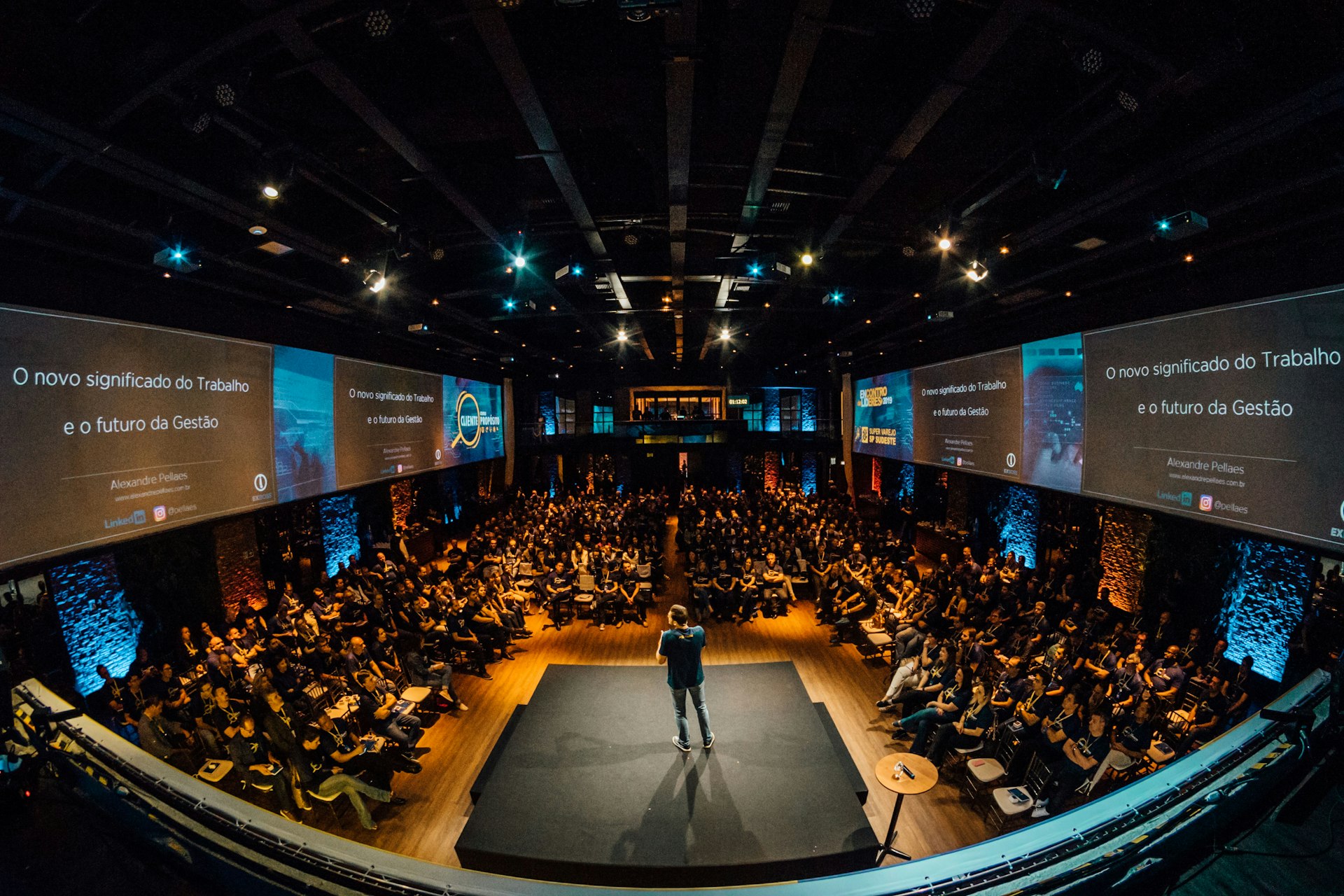
Remote Desktop Fallbacks That Save My Projects When Laptops Die
Two months ago in Cape Town my Framework laptop refused to boot. Error lights, no fan spin. I had six hours until a client demo. The only reason I shipped on time is because I treat remote desktops like spare tires: prepped, inflated, ready. Here’s the multi-layer fallback plan I now carry everywhere.

Tier 1: Home Base Mac mini (Always-On)
- Hardware: M2 Mac mini with 32 GB RAM sitting on my coworking desk in Lisbon.
- Access: Tailscale mesh network + WireGuard failover.
- Software stack: VS Code, Docker, CLIs mirrors of my laptop.
- Automation: Nightly Ansible playbook syncs configs (
ansible-playbook macmini.yml).
When my laptop bricked, I connected via iPad + Blink Shell + ssh macmini. Then I spun up VS Code through Code Server running on the mini (code-server --link). Screen share done via Jump Desktop.
Tier 2: Cloud Workstations (Pay-As-You-Go)
| Provider | Plan | Use Case | | --- | --- | --- | | Shadow PC | Power Upgrade (€49/mo) | Graphic-heavy demos, Windows-specific apps | | Paperspace | P4000 hourly | GPU tasks, video rendering | | GitHub Codespaces | 8-core devcontainer | Quick code edits, PR reviews |
Prebuilt Images
I maintain a Packer template that builds Ubuntu-based dev environments with all dependencies. Example snippet:
{
"builders": [{
"type": "digitalocean",
"size": "s-4vcpu-8gb",
"region": "nyc3",
"image": "ubuntu-22-04-x64"
}],
"provisioners": [{
"type": "shell",
"inline": [
"apt update",
"apt install -y docker.io docker-compose",
"curl -fsSL https://fnm.vercel.app/install | bash"
]
}]
}
Images are stored in DigitalOcean + AWS AMIs for quick deployment.
Tier 3: Browser-Based Dev
- Gitpod workspaces for smaller repos.
- Replit Teams for quick prototyping.
- Overleaf for doc collaboration.
These aren’t ideal for heavy workloads but keep me moving if all else fails.
Credential & Security Considerations
- SSH keys stored in 1Password (Travel Mode excluded) + hardware keys inserted on iPad via USB-C.
- Cloud instances whitelisted to my Mullvad exit IPs using security groups.
- All remote sessions tunneled over Tailscale or WireGuard; never expose RDP/SSH on public ports.
Monitoring & Automation
- UptimeRobot monitors Mac mini availability; alerts via Signal if offline.
- Cron job on Mac mini
backup.shpushes latest project directories to Backblaze B2. systemdservice on DigitalOcean droplet auto-starts tmux session with project README open—small thing that reminds me where I left off.
Drills I Run Quarterly
- Laptop failure drill: Power off laptop, switch to iPad + remote workstation, replicate active project. Must get new environment ready in <45 minutes.
- Connectivity drill: Simulate no Wi-Fi by tethering through router with limited bandwidth. Ensure remote desktop codecs (Jump Desktop Fluid) still usable.
- Credential loss drill: Recover from 1Password Travel Mode only, using backup codes.
Each drill is logged: Notion > Ops Drills > Remote Desktop with metrics (setup time, blockers, fixes).
Quick Reference: Which Tier to Use?
| Scenario | Primary Option | Why | | :-- | :-- | :-- | | Laptop hardware failure | Home Mac mini | Familiar environment, zero extra cost | | Need GPU / Windows | Shadow PC | Ready-made GPU, stable latency | | On the move with only browser | GitHub Codespaces | One click, integrates with GitHub | | Internet unstable | Cloud VPS + mosh | Handles flaky connections gracefully |
Peripheral Gear Checklist
- iPad Magic Keyboard (for full typing experience).
- USB-C hub with HDMI to plug into hotel TVs as monitors.
- Foldable Bluetooth keyboard + trackpad as backup.
- Noise-cancelling headphones with mic for remote demos.
Post-Incident Clean-Up
- Once primary laptop repaired, sync repos back (
rsync -av remote:/projects ./projects). - Decommission unused cloud instances to avoid surprise bills.
- Write retro: what slowed me down? In Cape Town it was missing fonts; now I include
brew bundlestep for fonts on remote boxes.
TL;DR
[ ] Maintain always-on home workstation accessible via zero trust mesh
[ ] Prepare cloud images with tools + security baked in
[ ] Practice switching devices quarterly; measure recovery time
[ ] Protect credentials (hardware keys, allowlisted IPs)
[ ] Document restore steps after every incident
Hardware fails. Airlines break laptops. Coffee spills happen. With remote desktop fallbacks staged in advance, those incidents turn into minor detours instead of week-long derailments. Treat your remote stack like life support: tested, redundant, always on.